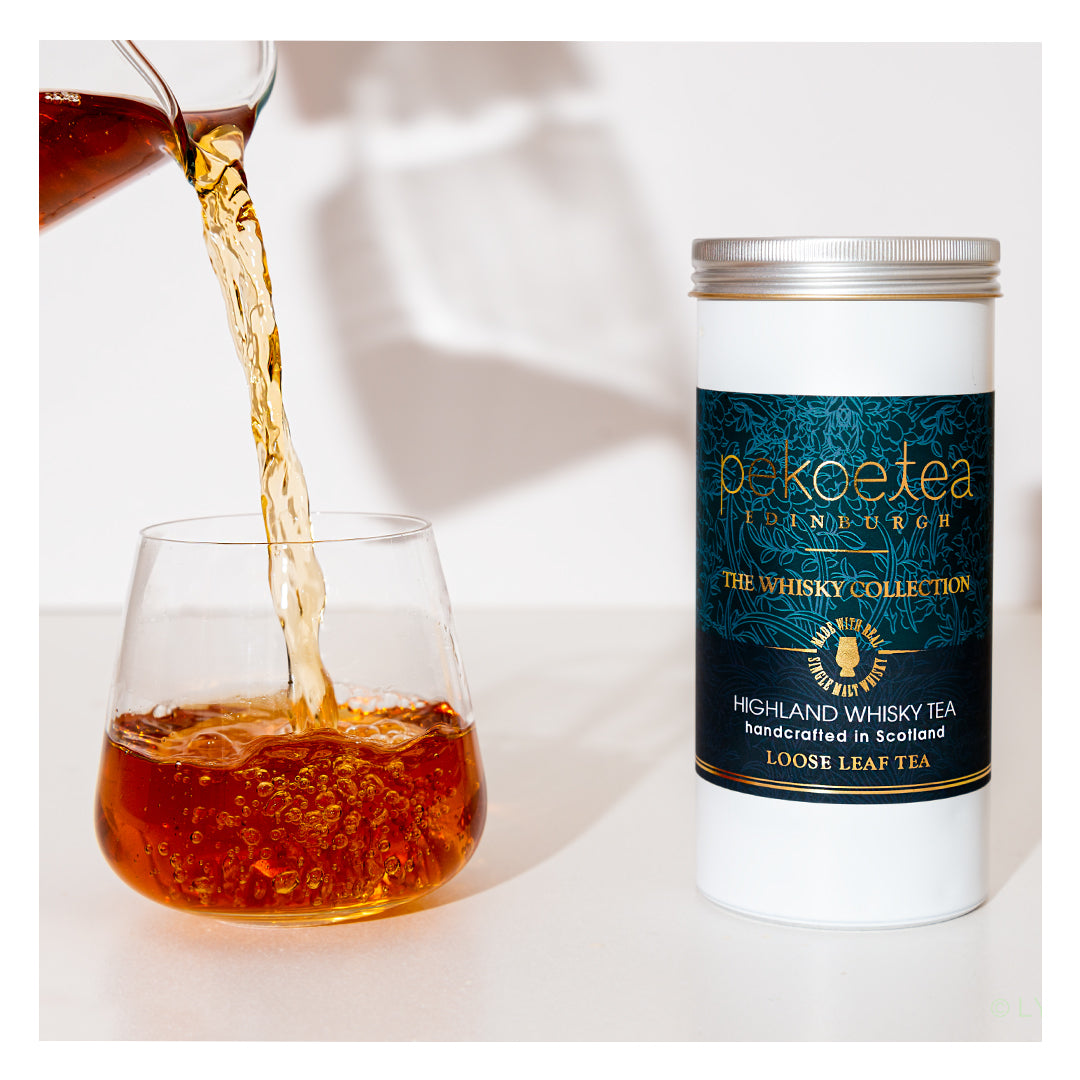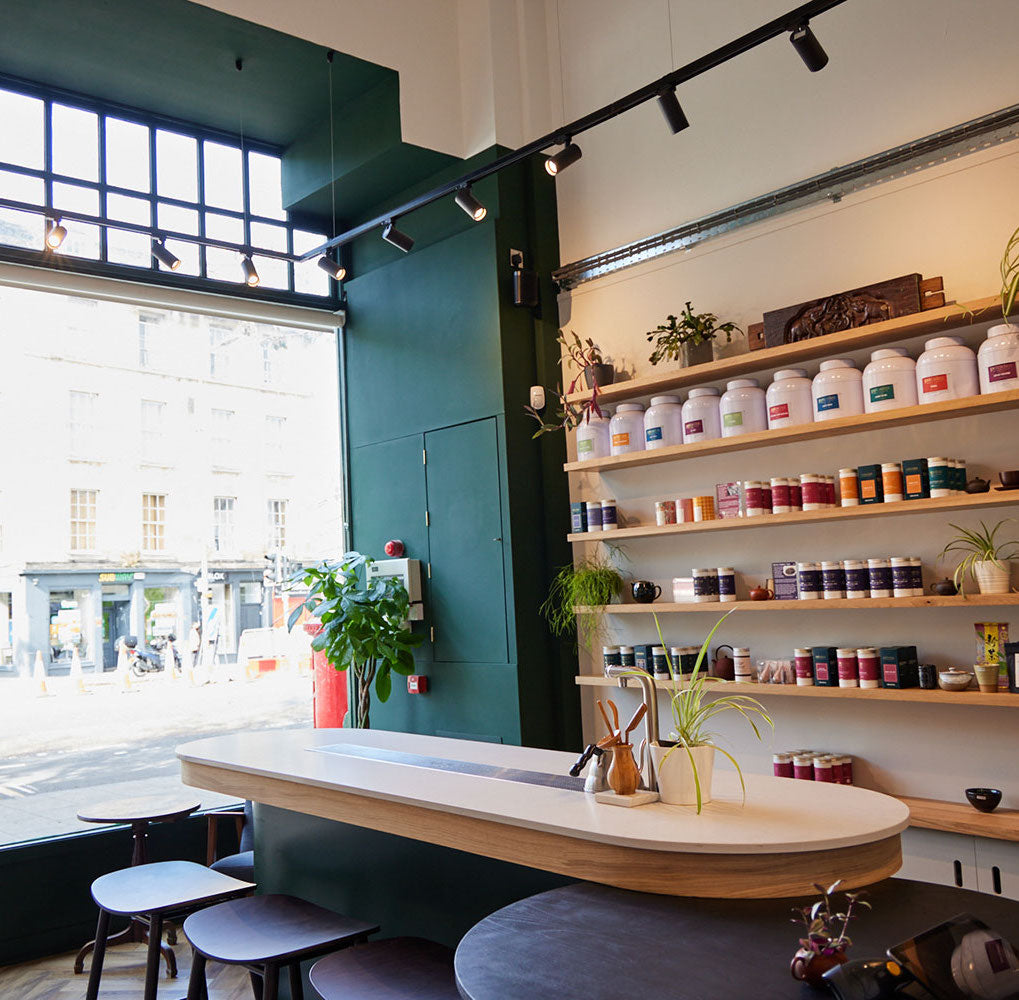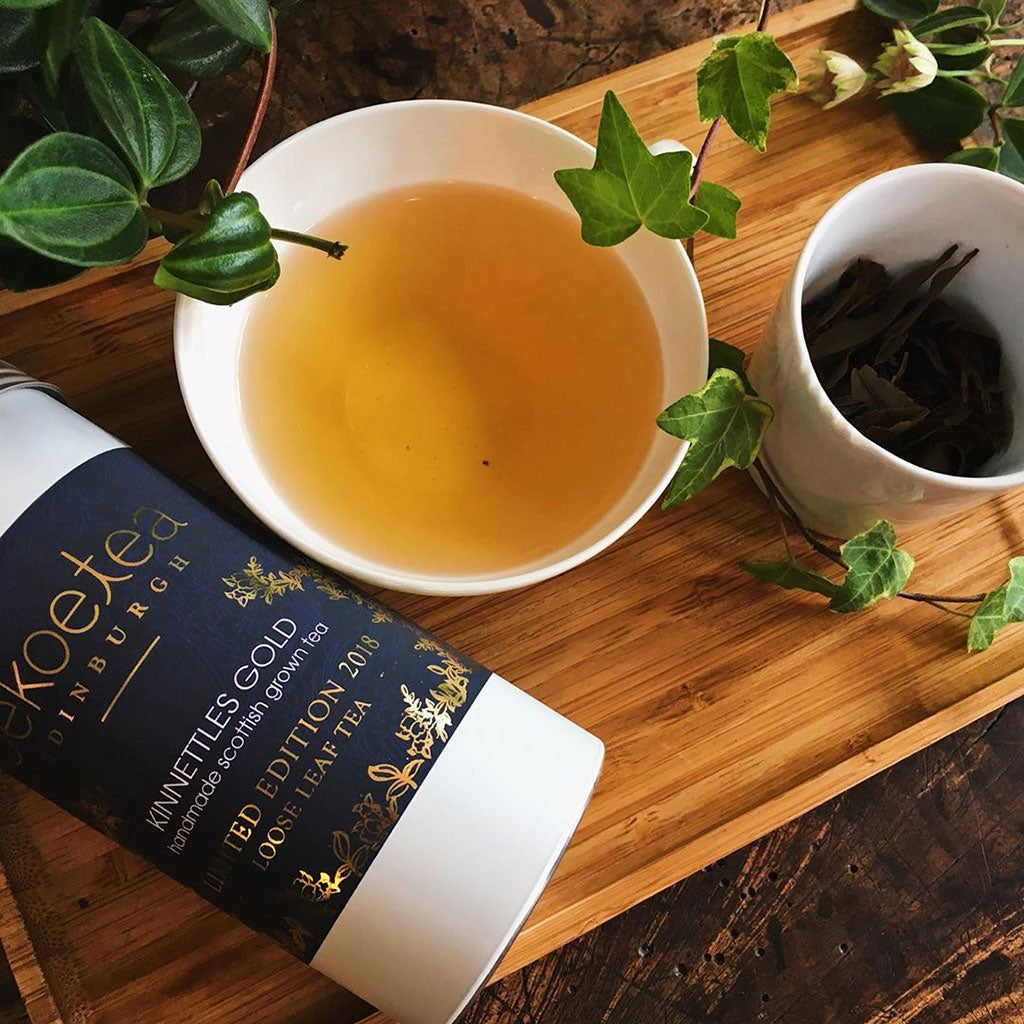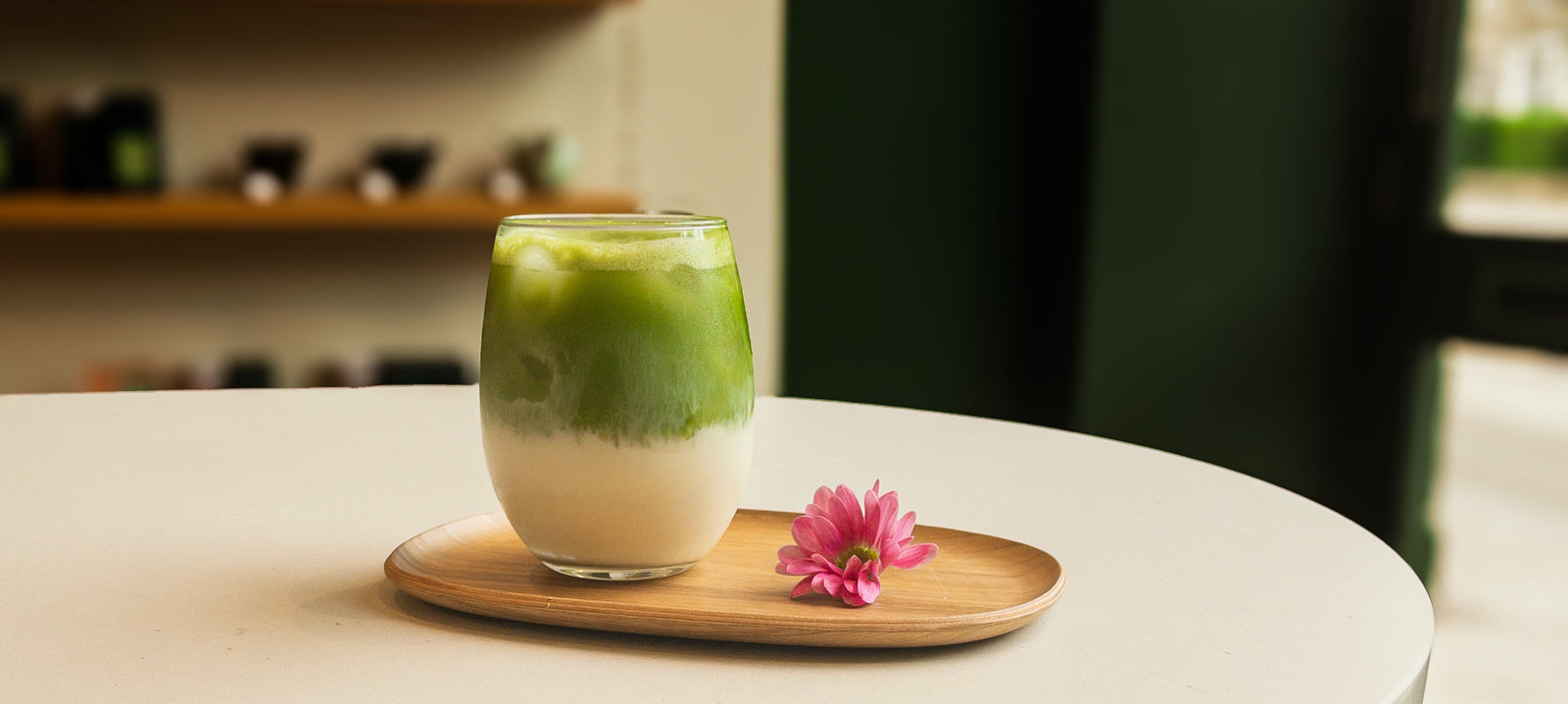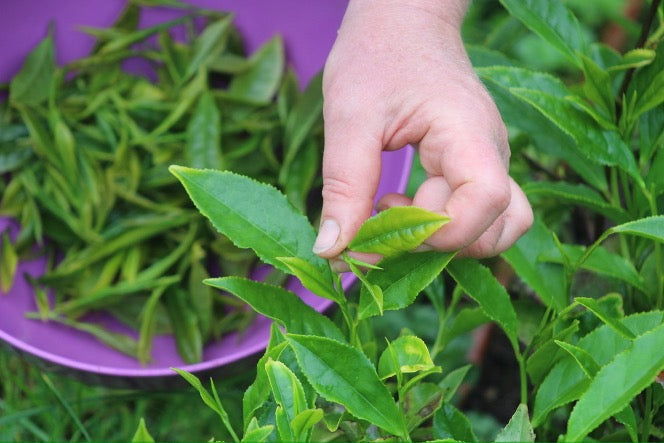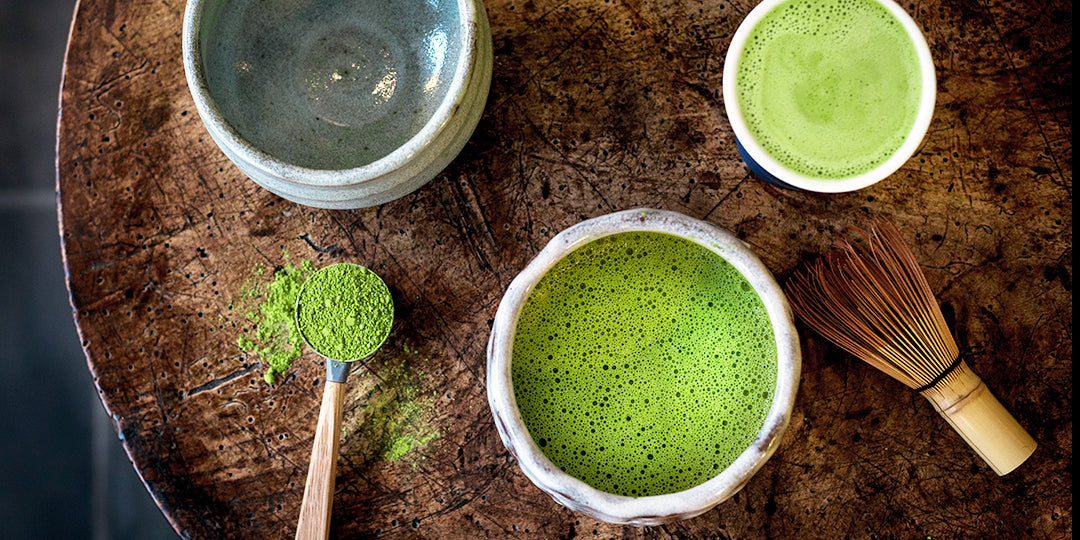As an ideal goal, we aim for as much of our tea as possible to be purchased directly from the growers. This is the best way to do it for both ourselves and our suppliers, making it possible for us to guarantee an ethical standard in trade while we secure unique examples of the very best teas traced to individual places. This traceability means it is possible to really explore the variety between different growing regions and even individual estates. We have been trading directly with tea estates in India for years, but it is only very recently that we've been able to do the same in China.
Our handmade Wuyi oolongs, lapsang souchong and our Zhi Lan Xiang dan cong have been made available thanks to our contact with Tea Master Zhou and his family. Based in the hills east of the city of Chaozhou in China's Guangdong Province, Master Zhou's family has been growing and processing dan cong tea for generations. His wife's family, based in the Wuyi Mountains of the neighbouring Fujian Province, have likewise been growing and roasting oolong rock teas for generations as well. This direct contact means that we have access to not only the tea but also something of the story behind it.
Dan cong is a broad category of oolong style teas from Guangdong Province. The name means 'single plant', and the traditions around growing these teas are a little different from other oolongs. One of the main differences is that the plants are left to grow into trees rather than kept as small bushes in gardens. The other is that the growers tend to graft cuttings from the most successful plants onto the cut-down stumps of the others, making for a much more controlled and distinctive flavour and aroma profile to the tea. Around ten unique varietals of dan cong are described, with more occasionally being developed as the growers experiment with cultivars, cuttings and locations. Dan cong cultivation is centred around Fenghuangshan, or Phoenix Mountain, in Guangdong Province. Exactly when it originates is uncertain, with some cultivars being said to originate around the time of the Song dynasty.
As with the Wuyi rock teas, dan cong is a roasted oolong. The tea is picked and withered under the sun, then hand-shaken in baskets to bruise the leaves and promote oxidisation of the leaf. Once the leaves have oxidised to the level that the tea master is looking for, they are fried briefly to kill off the enzymes in the leaf and then hand rolled. The final step is roasting the leaves. This is done several times, twice or three times being common in dan cong oolongs, but sometimes four or more roasts are needed. This is another highly skilled process - the tea master decides whether to put the leaves through another roast. If they are not roasted enough, the flavour is weak and undeveloped, but one roast too many will result in a burnt flavour that loses all the subtlety in flavour and aroma.
 The example of Master Zhou's dan cong that we have is the Zhi Lan Xiang varietal. The name 'xiang' means aroma in this context, while Zhi Lan are a cultivar of orchids native to Hubei Province that the tea's aroma is said to resemble. Grown on the slopes of Phoenix Mountain, near Wu Dong village in Raoping County, this is a Phoenix dan cong of the highest grade. Master Zhou and his family tend the plants as needed, but allow the dan cong bushes to grow into a semi-wild state. Beyond the initial cultivation and the grafting of successful bushes onto less successful ones, the main thing that needs doing is harvesting and processing the leaves. For the Zhi Lan Xiang, the roasting is moderate - two or three roasts depending on exactly what condition the leaves are in from year to year is enough to get the flavours exactly right, without getting the burnt flavour or losing the floral aromas.
The example of Master Zhou's dan cong that we have is the Zhi Lan Xiang varietal. The name 'xiang' means aroma in this context, while Zhi Lan are a cultivar of orchids native to Hubei Province that the tea's aroma is said to resemble. Grown on the slopes of Phoenix Mountain, near Wu Dong village in Raoping County, this is a Phoenix dan cong of the highest grade. Master Zhou and his family tend the plants as needed, but allow the dan cong bushes to grow into a semi-wild state. Beyond the initial cultivation and the grafting of successful bushes onto less successful ones, the main thing that needs doing is harvesting and processing the leaves. For the Zhi Lan Xiang, the roasting is moderate - two or three roasts depending on exactly what condition the leaves are in from year to year is enough to get the flavours exactly right, without getting the burnt flavour or losing the floral aromas.
The tea itself is impressively floral, with a subtle peach aftertaste that lingers on the tongue for minutes after each cup is finished. As a roasted oolong, Zhi Lan Xiang is able to maintain its flavour across many infusions, with the tea still having a strong and pleasing flavour on the seventh or eighth infusion. Like many roasted oolongs, the character of the tea changes slightly with each infusion, and it is often said that the tea might almost be from a completely different varietal by the time you finish with it.

